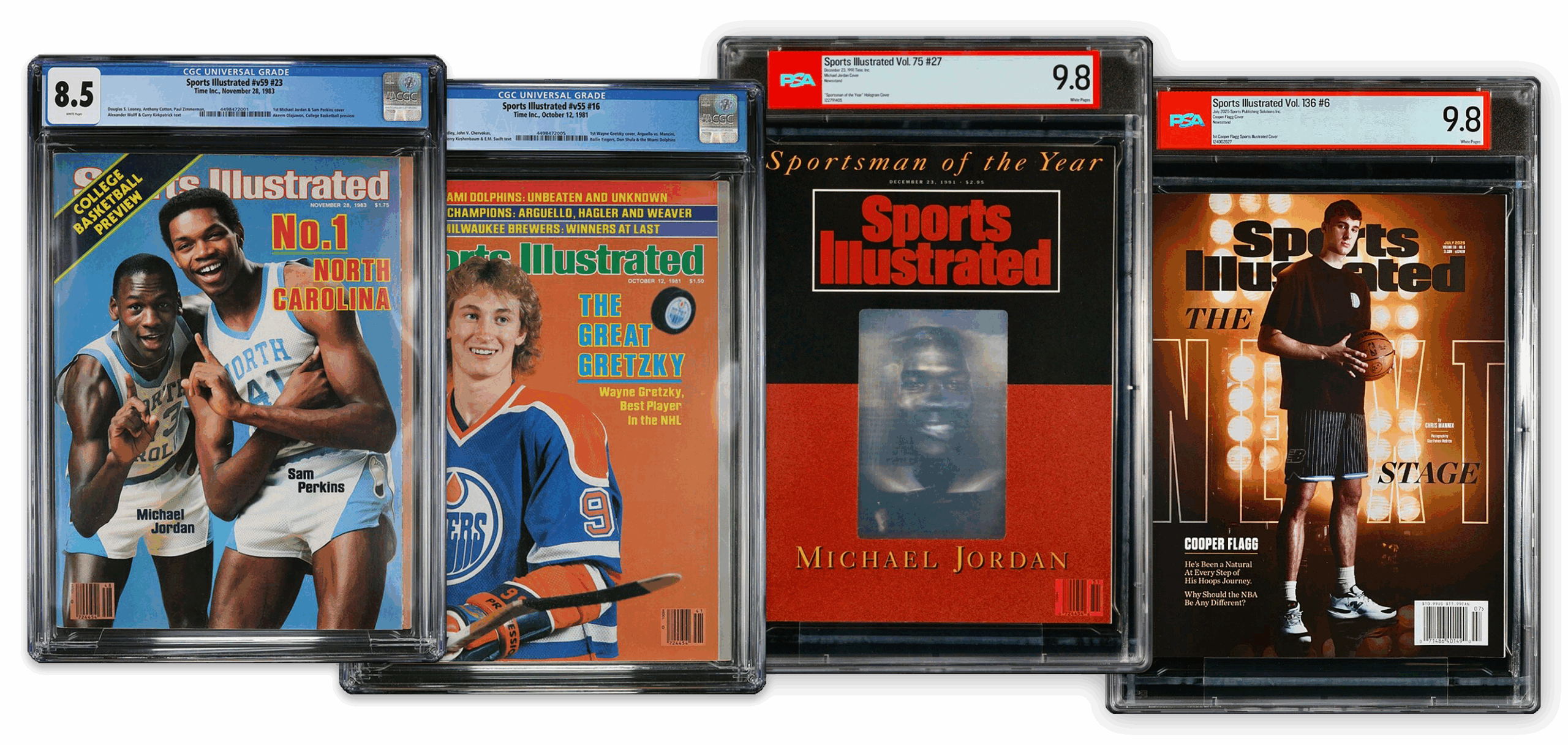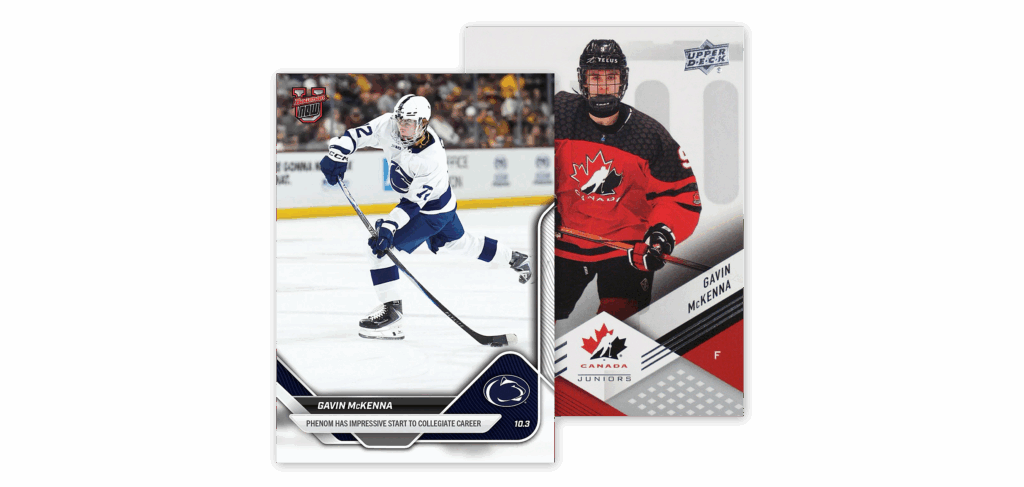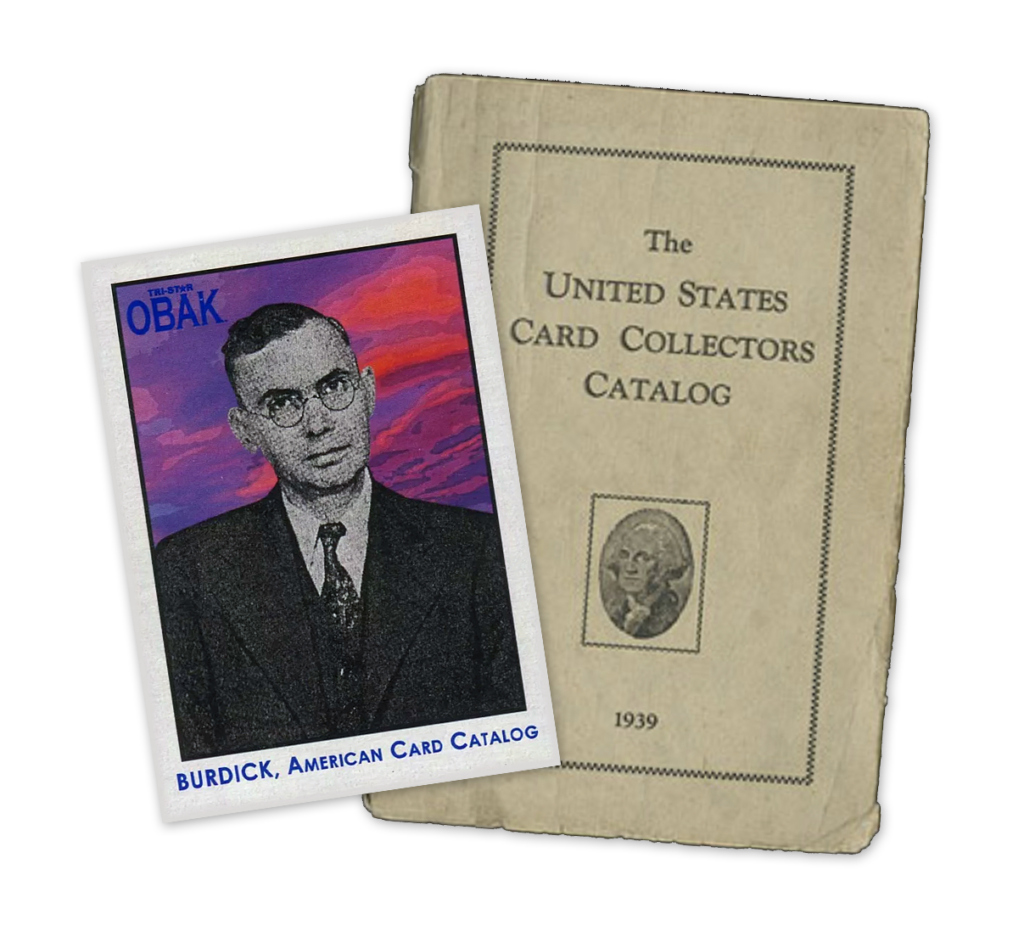Sports magazines capture moments as they happen in ways that few other collectibles can. Their timely visuals and impactful imagery create strong emotional connections for fans and collectors.
Like trading cards, magazines can be professionally graded to assess their condition and quality. However, the grading process is more complex for magazines. Graders evaluate cover gloss, spine condition, page quality, and any defects including scratches, tears, fading, stains, and creases.
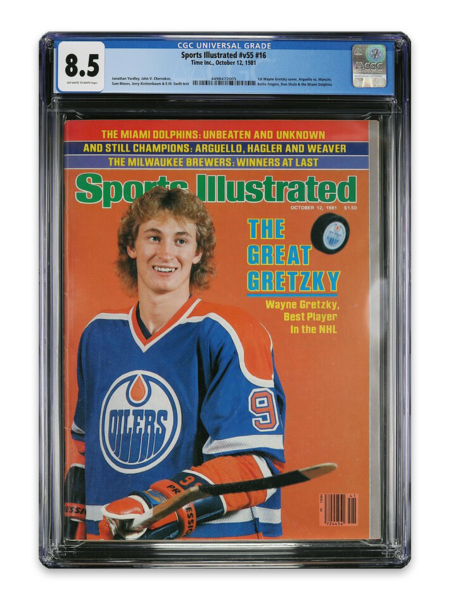
Who are the Graders?
CGC is the clear market leader in magazine grading. The company transformed comic book collecting when it launched in 2000, then expanded into magazine grading four years later with two iconic publications: Sports Illustrated and Playboy. From there, CGC established the industry standard, bringing their certification process to virtually every major publication — from newsstand staples to collector favorites.
CGC has faced little competition since 2004, but that’s now changing.
Card-grading leader PSA announced in 2024 that it would enter the magazine and comic book grading space in 2025. PSA began grading magazines and comics since July 14, 2025.
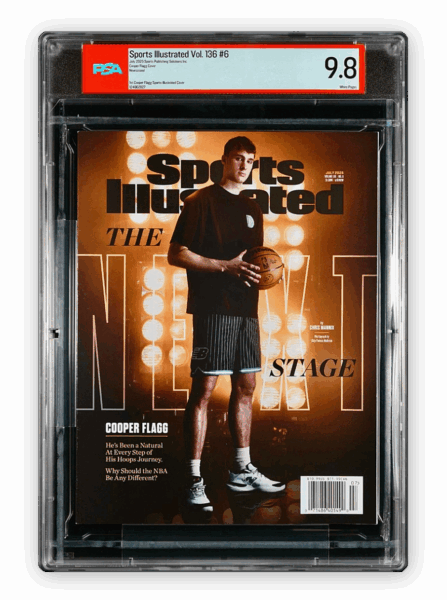
Source: PSAcard.com
According to James Kehoe, a renowned magazine collector and leading authority in the field, early feedback from collectors on PSA’s magazine grading service has been positive overall. Collectors particularly appreciate the high-quality slab, which is durable, sturdy, and offers improved UV protection. While the label still needs refinement — and PSA is actively working on improvements — the company has been responsive to requests for custom label notes, such as identifying first cover appearances. Collectors also praise PSA’s ability to identify variants accurately and their excellent shipping protection. Overall, the response to PSA’s entry into magazine grading has been very strong.
James shares his expertise through his ‘CGC Sports Illustrated‘ channel on YouTube and other social media platforms. Give him a follow.
What to Grade
The most popular magazines feature prominent athletes or significant moments on the cover. An athlete’s first appearance or first cover is especially coveted. Other desirable moments include major records, debuts, championships, trades, or significant news events. First issues of long-running magazines, such as Sports Illustrated #1 from August 16, 1954, are also highly sought after by collectors.
Sports Illustrated is widely considered the most desirable title in sports magazine collecting. Other popular titles include Sports Illustrated for Kids (which often contains a perforated card sheet), Baseball Digest, ESPN The Magazine, Beckett Media, SLAM, Sport, World Soccer, Golf Digest, and Tennis.
It’s important to distinguish between newsstand and subscription editions. Subscription editions typically have a white address label on the front cover, usually in the bottom-left corner. Many collectors find the address label detracts from the magazine’s appeal, making newsstand editions more desirable and valuable. Newsstand versions can command a 3x to 9x premium on the secondary market.
Regional variations and variant covers are also important considerations. These can include different photos, price tags, or language and text changes, and often attract more interest than the original version.
Population Reports
Like trading card grading, magazine grading population reports are analytical documents produced by third-party grading services. These reports provide detailed statistical breakdowns showing how many magazines have been graded at each level.
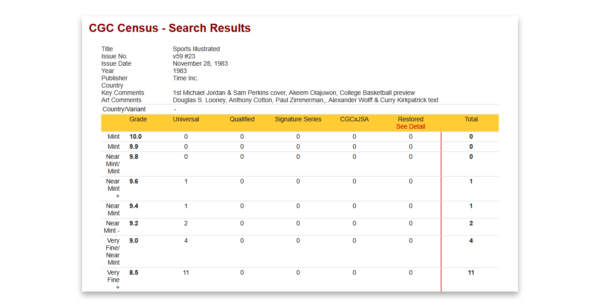
Source: CGCcomics.com
Population reports serve several important functions in the collectibles market. They help collectors and dealers assess the rarity and market value of specific issues by showing how many copies exist at each grade level. They enable informed purchasing decisions by revealing whether a particular grade is common or rare. They also assist with insurance valuations and estate planning, and provide market transparency that helps prevent artificial price manipulation.
Pressing
Another unique aspect of this market segment is the acceptance of ‘pressing’ by grading companies. Pressing is a process used to enhance the condition and appearance of magazines. It aims to remove or reduce defects that can occur from handling, storage, or aging, such as:
- bends
- finger bends
- corner crunches
- dirt (or other foreign substances)
- dents
- spine ticks
- spine rolls
- minor stress lines (that don’t break color)
- ripples
- pencil writing
This process involves applying even pressure and sometimes heat to the magazine. This helps to flatten out imperfections and restore the magazine to its original shape.
Pressing will not remove or repair:
- tears
- paper loss
- creases that break color
- stress lines that break color
The following example demonstrates the evaluation and pressing process before grading. This walk-through is from James Kehoe:
CGC also offers pressing as a service to collectors before certification. Here are more details on pressing, directly from CGC.
Preparing Your Shipment
Proper preparation and packaging are essential before submitting your magazine collection for professional pressing and grading services.
In this segment, Kehoe provides a comprehensive breakdown of the steps and best practices collectors should follow to prevent damage during shipping and handling:
More Resources
Here are some valuable resources to help you deepen your knowledge of sports magazine collecting:
- Card Talk: “Most Expensive SI Magazines Ever Sold”
- PSA: Magazine Collecting 101
- cllct: “Who has appeared on the most SI covers?”
In this segment, Kehoe hosts a roundtable discussion on magazine collecting and professional grading. The conversation covers key topics including market trends, grading standards, collecting strategies, and the evolving landscape of sports magazine collecting:
Values
In the coming weeks, the GRADEx Market Report price guide will be adding pricing and data for key graded magazines. Stay tuned.
Conclusion
Magazine collecting offers a unique way to capture and preserve iconic moments in sports history. Publications like Sports Illustrated stand out for their cultural significance and collectible value. Grading plays a crucial role in this hobby, assessing factors such as cover gloss, spine condition, and page quality to determine a magazine’s condition and worth.
Collectors often prefer newsstand editions over subscription versions due to their cleaner covers without address labels. Pressing is commonly used to enhance a magazine’s appearance before grading. As the hobby continues to evolve, understanding these nuances helps collectors make informed decisions and appreciate the depth of magazine collecting.
NOTE: This story has been updated with new information.

Fabio Del Rio
Founder, Publisher, Editor
Collector since: 1983
Currently: Professor and Developer of ‘Business of Sports Collectibles’ college-accredited course and Micro-Credential (Northern College, OntarioLearn). Publisher and Developer of tabletop card games, puzzle games and puzzles. Pitching Coach of Brock University Men’s Baseball team.
Formerly: VP of Product Development and VP of Production at In The Game (former NHL/NHLPA card licensee). Editor and Trends Editor at Trajan Media (Charlton Standard Catalogue of Hockey Cards, Canadian Baseball Cards, Canadian Sports Collector magazine, Non-Sport Report, and more).

